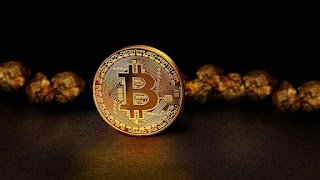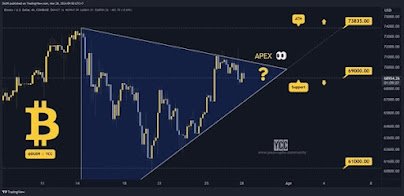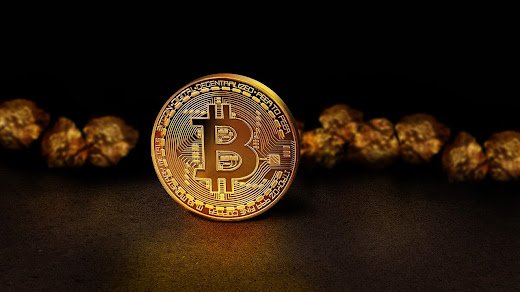The Top 8 Foods to Gain Muscle
Because amino acids make up a large amount of our muscle and organ tissues, protein is an essential nutrition for promoting muscle growth.
HEALTHY FOODS
In addition to being crucial for bodybuilders, muscle growth also helps us stay healthy and happy as we age. Our food is a key factor in both gaining and maintaining muscle mass, in addition to a well-rounded exercise program and strength training.
Because amino acids make up a large amount of our muscle and organ tissues, protein is an essential nutrition for promoting muscle growth. Shakes and other protein supplements have their uses, but they are not required. Including whole foods in your diet is another good strategy to make sure you’re getting enough protein.
Thankfully, adding a range of high-protein foods and other nutrients that help build muscle to your
While protein is important for muscle building, it is not the only essential component for this process. The National Academy of Sports Medicine suggests that a muscle-building diet should also provide sufficient carbohydrates, vitamins, and minerals. A well-balanced diet containing these nutrients provides the necessary building blocks for muscle repair and growth.
According to the NASM, most individuals should consume around 0.7 to 0.8 grams of protein and 1.8 to 3.2 grams of carbohydrates per pound of body weight each day. Calorie intake is also crucial when it comes to muscle building, as a calorie deficit can impede muscle growth.
However, diet alone is not sufficient to stimulate muscle growth. Regular exercise, especially resistance training, is necessary to kick-start the muscle-building process. When you engage in activities that cause micro-tears in your muscles, your body utilizes the nutrients from food to repair and strengthen the muscle tissue. Other factors such as meal timing, rest periods between workouts, and individual genetic and hormonal factors can also influence the effectiveness of this process.
Eight Ideal Foods to Gain Muscle
1. Eggs
For good reason, eggs have been known for a long time as a strength meal. These are very nutrient-dense, full of protein, fat, and important vitamins like thiamin, B12, and B6. Because eggs contain a high amount of leucine, which is known to have muscle-building qualities, they are unique when it comes to muscle building.
2. Fish
If you want to up your protein consumption without going overboard with fat in your diet, fish is a great option. It is rich in vitamins, minerals, and omega-3 fatty acids and is a lean source of protein. In addition to their many health advantages, omega-3s increase muscular function and stop the loss of muscle mass. Fish that are particularly good for growing muscle are salmon and tuna.
3. Almonds
When ingested in moderation, nuts are a wonderful option for muscle building. They offer a healthy supply of fiber, lipids, and protein. But keep in mind that they contain a lot of calories. Walnuts and almonds are two of the nut varieties highest in nutrients.
4. Vegetables
For muscle building, soybeans should be your go-to food if you eat a plant-based diet. They are very healthy legumes that include all nine of the essential amino acids as well as a wealth of protein. One of the best sources of plant-based protein available is said to be soybeans.
5. Yogurt
Dairy products, like Greek yogurt, provide a special blend of casein protein, which digests slowly, and whey protein, which digests quickly. Combining these proteins improves and extends the process of muscle protein synthesis, contributing to the growth of lean body mass. Greek yogurt offers extra probiotic advantages and has double the protein level of normal yogurt.
6. Cheddar
Cottage cheese is a great substitute for dairy-based protein even though it doesn’t have the same probiotic benefits as yogurt. It has both slow- and fast-digesting proteins, including casein, and provides more protein than Greek yogurt. If necessary, cottage cheese also offers a substantial calorie boost.
7. Extra Virgin Olive Oil
Extra virgin olive oil isn’t usually connected to bodybuilding, although it’s become more well-known for its benefits to muscle. Olive oil is good for muscle-building programs since it not only contains healthy monounsaturated fats but also lowers inflammation and slows down the breakdown of muscle.
8. Quinoa
There’s a reason quinoa is frequently referred to as a superfood. This adaptable seed is rich in protein, fiber, carbs, vitamins, and minerals and is categorized as a whole grain. It is the ideal diet for increasing muscle growth and optimizing the advantages of your exercise regimen.
It goes without saying that incorporating these nutrients into your diet will help you gain more muscle mass and general strength. Recall that nutrition is only one aspect of the puzzle; developing muscle takes time. A balanced diet heavy in foods high in protein, together with consistent exercise and enough sleep, will help you make progress more quickly and improve your general health as you go.














